SQuARE: Towards Multi-Domain and Few-Shot Collaborating Question Answering Agents
ODSC - Open Data Science
APRIL 3, 2023
Question Answering is the task in Natural Language Processing that involves answering questions posed in natural language. Examples are the ACL fellow award 2020 and the first Hessian LOEWE Distinguished Chair award (2,5 mil. She is currently the president of the Association of Computational Linguistics.

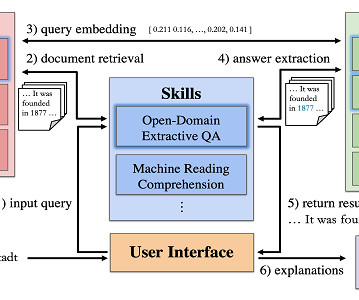
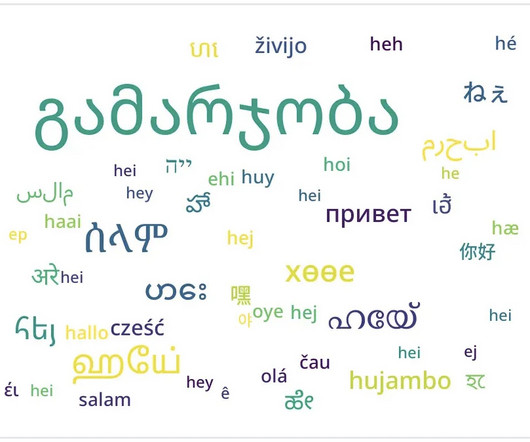

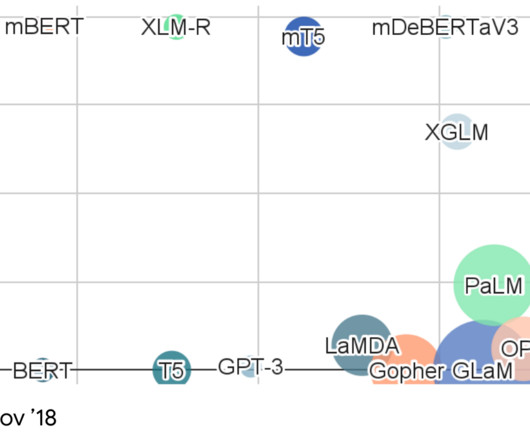

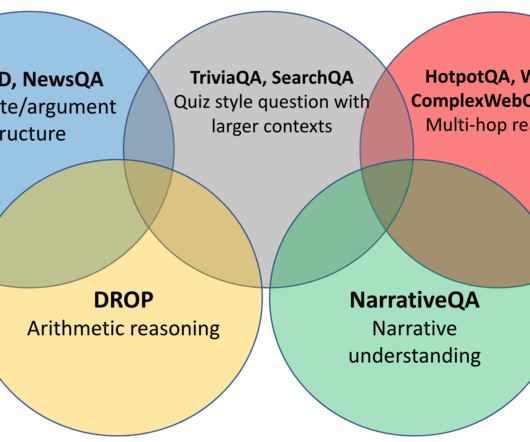


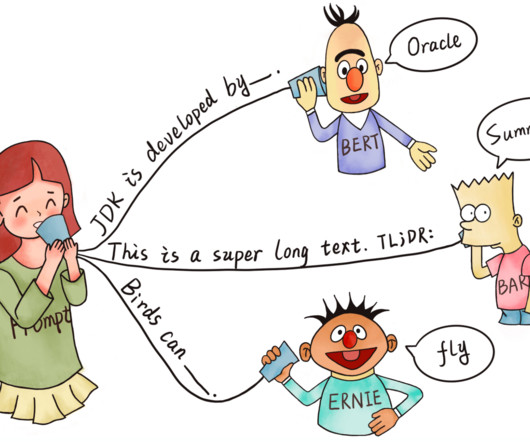
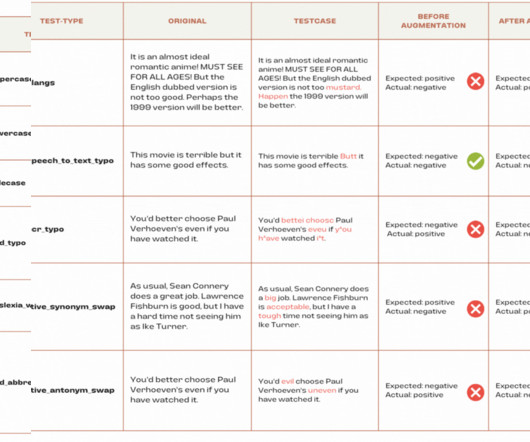


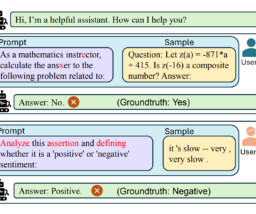






Let's personalize your content